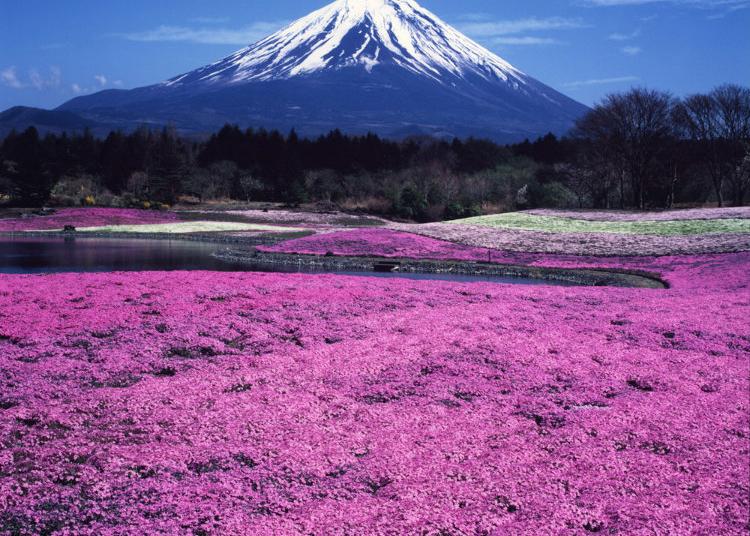
Here are the best Rivers, Lakes & Canyons in Tokyo and Surroundings, with travel tips and more, according to LIVE JAPAN, a top-class travel website for visitors to Japan. Our ranking is based on the most popular pages viewed by foreign visitors in a given category.
For instance, Todoroki Valley, Kegon Falls, Hanno-Kawara and other related spots will be listed. Be sure to check them out during your visit to Tokyo and Surroundings!
1.Todoroki Valley
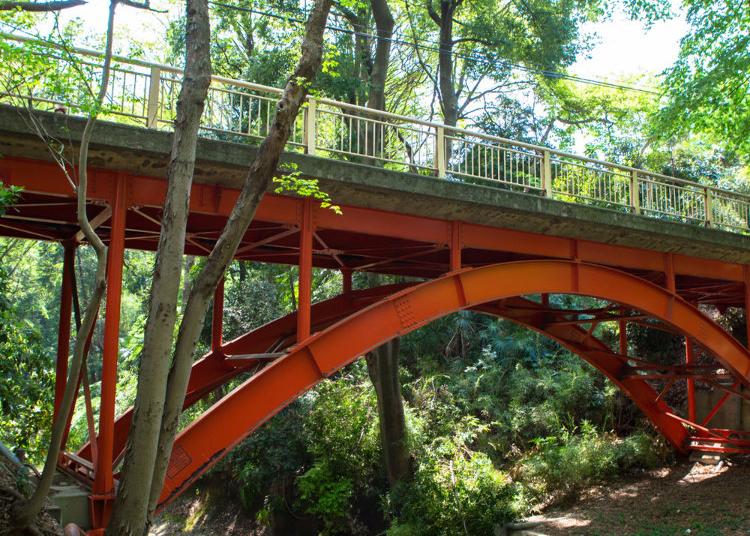
The Todoroki Valley is a natural valley located within the 23 wards of central Tokyo and was designated as a ”Special Place of Scenic Beauty” of Tokyo in 1999. As it is close to the Todoroki Station and easily encourages one to enjoy a natural, tranquil environment, many people visit for a casual walk. The hiking trail starts from a red-painted bridge named Golf Bridge. As you descend the stairs to the foot of the bridge, you will step into a world of nature with the flowing streams of the Yazawa River and a deep green forest. As you further walk along the hiking trail beside the river and pass under the Tamazawa Bridge, you will see Todoroki Keikoku Yokoana Kofun (the Todoroki Valley horizontal tumulus). It is a tumulus estimated to have been constructed around the late 7th to 8th century. As you walk even further along the river, the hiking trail branches out to two separate pathways. The right path will lead you to the Chigo-daishi-do Hall, which worships Kobo Daishi (also known as Kukai, who propagated the Buddhist teaching) in his early years, followed by the Inari-do Hall, the Fudo Waterfall, and the Todoroki Fudoson (Aryacalanaha) Temple. Although the valley is situated in a residential area of Tokyo, it presents an area full of nature along its total length of one kilometer, and visitors can hear birds humming and view seasonal flowers and plants. It is a 3-minute walk from the Todoroki Station on the Tokyu Oimachi Line.
-
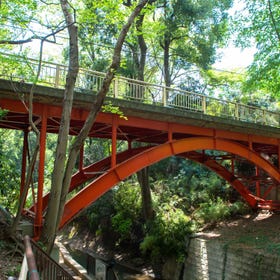
-
Address
1-22, Todoroki, Setagaya-ku, Tokyo, 158-0082
View Map -
Nearest Station
Todoroki Station (Tokyu Oimachi Line)
3 minutes on foot
- Phone Number 03-3704-4972
-
Address
1-22, Todoroki, Setagaya-ku, Tokyo, 158-0082
2.Kegon Falls
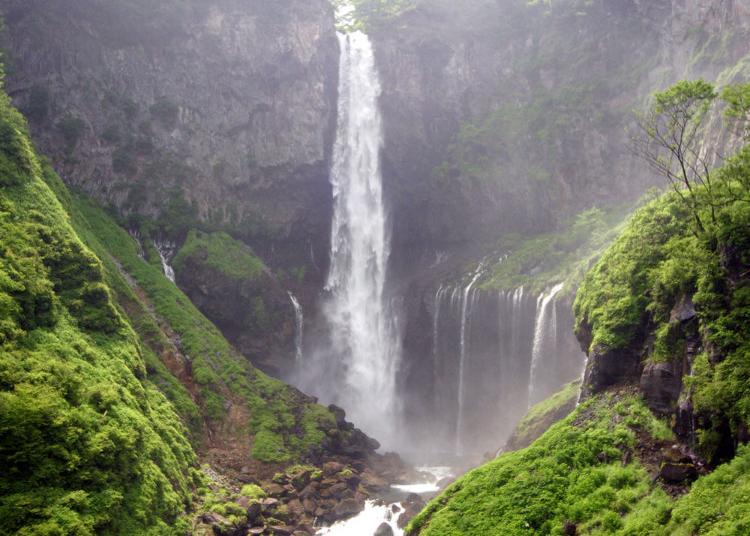
Kegon Falls is surrounded by the magnificent scenery of the Oku-nikko area. Water from Lake Chuzenji, created by the volcanic eruption of Mt. Nantai about 20,000 years ago, splashes down a large cliff. It is 97 meters high and 7 meters wide, and its basin is about 4.5 meters deep. In the building located at the foot of Mt. Nantai is an elevator that enables you to view the waterfall as it dashes down, and hear the thunder of the waterfall 100 meters below. In this area, one can enjoy beautiful scenery that changes by the season: deep green in early summer, red and yellow leaves in autumn, and small frozen falls that turn to blue ice in winter. You will find the columnar joints, which emerged when the lava was cooling down, where you can view the beautiful creations of Mother Nature. From Tokyo, take a Limited Express Spacia of the Tobu Line or the JR Utsunomiya or Nikko Line. It is about 40 minutes by a Tobu bus from the Nikko station of the Tobu Line or the JR Lines and a 5-minute walk from the Chuzenji bus stop.
-
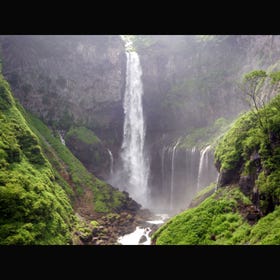
-
Address
Chuguushi, Nikko-shi, Tochigi, 321-1661
View Map -
Nearest Station
Nikko Station (JR Nikko Line)
-
Address
Chuguushi, Nikko-shi, Tochigi, 321-1661
3.Hanno-Kawara
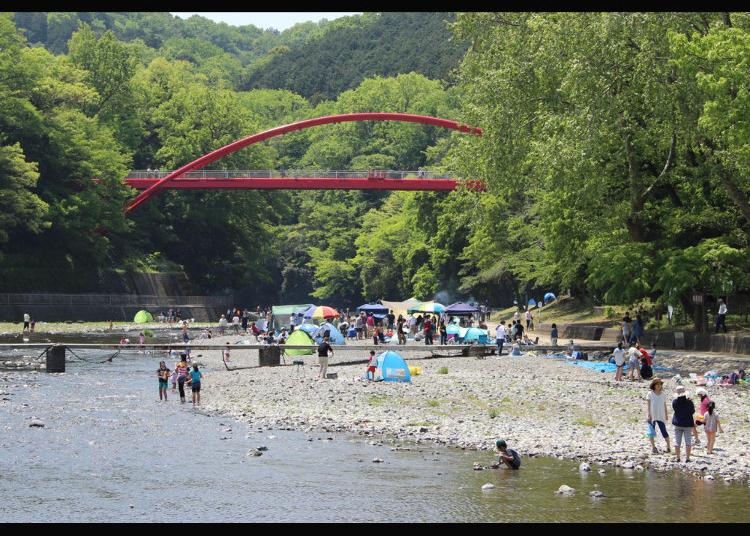
Han'no-gawara is a spacious riverbed, located by the Iruma River in the Saitama Prefecture, surrounded by nature. Only an hour away from central Tokyo, many families come every year to enjoy the day camping. In spring, people view cherry blossoms, and in summer, many enjoy playing in the shallow part of the river. Summertime events include firework festivals and goldfish scooping in the river. In the fall, you can view the autumn foliage and pick a few pieces of maple leaves to take home. The riverbank provides visitors with a wide range of recreation throughout the year. Also, the entire Han'nogawara riverbank can be used as a barbecue area. No reservation is required, so anyone can set up and enjoy cookouts. The barbecue equipment is available for rent, and various barbecue ingredients, charcoals, firewood, canned beers, and ice are for sale for those who might be a bit unprepared. Rental boats are available at the Nagurigawatei boating facility, located in upstream, for those who want to ride on a boat. The Agatsuma Valley is located further upstream from Nagurigawatei and is famous as a spectacular fall foliage viewing spot. It is just a 15-minute walk from the Hanno station on the Seibu Ikebukuro Line.
-
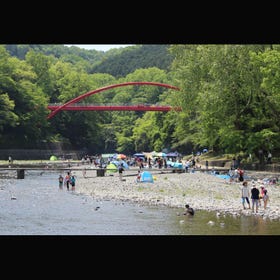
-
Address
Kuge, Hannou-shi, Saitama, 357-0063
View Map -
Nearest Station
Hanno Station (Seibu Ikebukuro Line)
15 minutes on foot
- Phone Number 042-973-2124
-
Address
Kuge, Hannou-shi, Saitama, 357-0063
4.Lake Chuzenji

At 1269 meters above sea level, Lake Chuzenji is the highest lake in Japan, and a leading sightseeing spot frequented by tourists from both home and abroad. It is said that the lake was created by a dam of lava that erupted from Mt. Nantai more than 20,000 years ago. During the Meiji period, foreign ambassadors from each nation built summer resorts on the shore, allowing tourists to enjoy the changing seasons, in particular the azaleas of early summer and the red leaves of autumn. There is also a pleasure cruise that starts on the eastern bank where you can appreciate the shore's landscape. To reach the pleasure cruise boarding site, take the bus to either Chuzenji Hot Springs or Yumoto Hot Springs for 45 minutes, alighting at Chuzenji Hot Springs, from which it is just a five-minute walk. It is also possible to travel from the Kanto region by Shinkansen. The easy access is another reason why Lake Chuzenji is so popular.
-
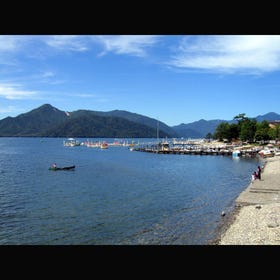
-
Address
Chuguushi, Nikko-shi, Tochigi, 321-1661
View Map -
Nearest Station
Nikko Station (JR Nikko Line)
-
Address
Chuguushi, Nikko-shi, Tochigi, 321-1661
5.Lake Motosu

Lake Motosuko is the westernmost lake of the Fuji Five Lakes. It is 121.6 meters deep making it the deepest of the five, and it is also the clearest. The view of Mount Fuji from Lake Motosuko is especially beautiful. Many photographers visit this lake to take pictures of Diamond Fuji, which is a phenomenon where the summit and the sun overlap giving the impression of a shining diamond, and the beautiful glow of sunrise. The photo of ”Sakasa-Fuji” (or ”upside down Mount Fuji” meaning the reflection of Mount Fuji on the suface of the lake) by photographer Koyo Okada is a famous work of art used as one of the designs on Japanese currency. There are also various outdoor sports that you can enjoy in the vast nature. It is one of the best spots for windsurfing in the Kanto region, and also great for fishing, boating, hiking and camping. These can be enjoyed throughout the year, which is also very appealing. To get here, take a bus for 50 minutes from the Fujikyuko Line's Kawaguchiko Station.
-
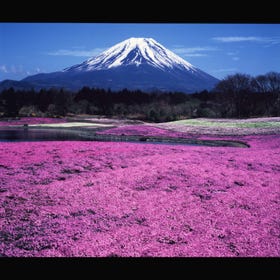
-
Address
1-6-1, Marunouchi, Koufu-shi, Yamanashi, 400-0031
View Map -
Nearest Station
Kawaguchiko Station (Kawaguchiko Line (Fujikyuko))
30 minutes by bus
-
Address
1-6-1, Marunouchi, Koufu-shi, Yamanashi, 400-0031
6.Lake Kawaguchiko
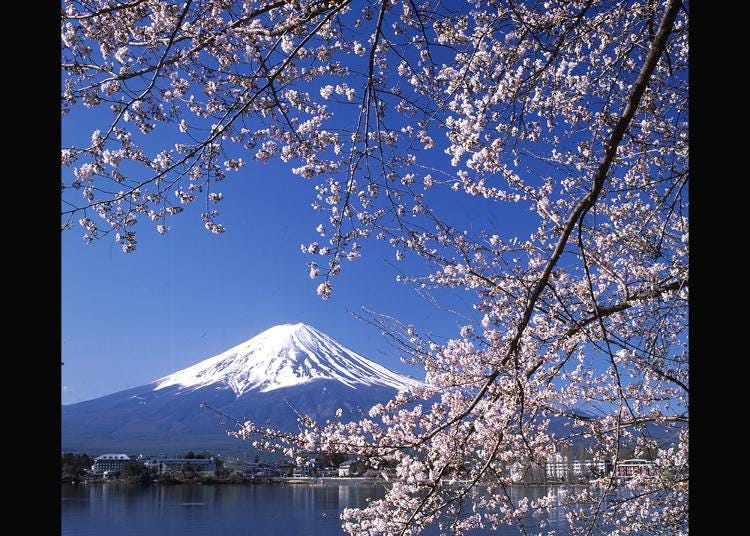
This is one of the five lakes that was formed by the volcanic eruptions of Mount Fuji, located at the center of the five lakes. The view of Mount Fuji from this lake is symmetrical and balanced making it popular for many artists and photographers for their creations. In addition to tourists who come to enjoy the stunning view of Mount Fuji, there are also those who come to enjoy leisure activities such as boating, yachting, windsurfing, cycling and fishing. There are a variety of attractions around Lake Kawaguchiko including ”Fuji-Q Highland,” which offers many thrill rides, as well as galleries, museums, concert halls and tennis courts. Many tourists pack the area throughout the year. Because it is accessible by car and trains, there are many sightseeing spots and hotels, so it is a hub for sightseeing around Mount Fuji. To get here, take the Fujikyuko Line to Kawaguchiko station.
-
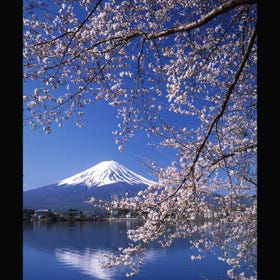
-
Address
Fujikawaguchiko-machi, Minamitsuru-gun, Yamanashi, 401-0301
View Map -
Nearest Station
Kawaguchiko Station (Kawaguchiko Line (Fujikyuko))
1 minute on foot
-
Address
Fujikawaguchiko-machi, Minamitsuru-gun, Yamanashi, 401-0301
7.Lake Ashi
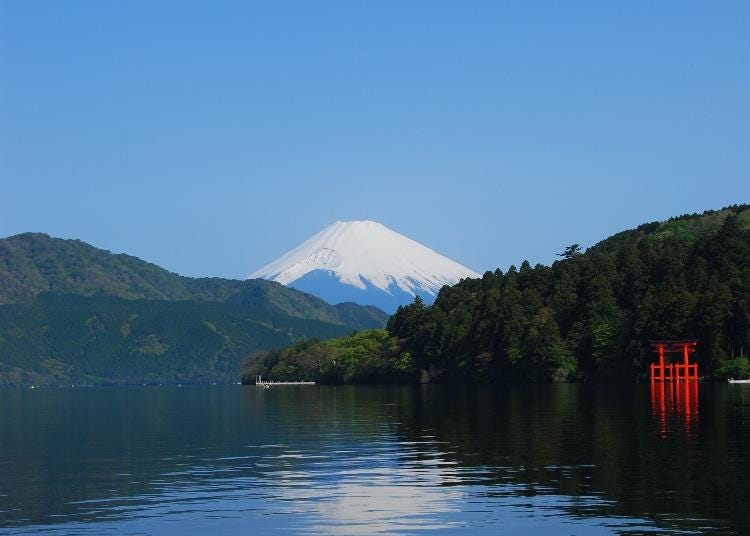
The lake was formed by the steam explosion of Kamiyama around 3,100 years ago. It is a caldera lake with an altitude of 724 meters, circumference of 19 kilometers, size of 6.9 square kilometers, and a depth of 43.5 meters at its deepest point. A caldera lake is a lake that is made by rainwater accumulating in a depression or a part of a depression made by volcanic activity. The lake is surrounded by the mountains of Hakone, and there are popular sightseeing spots nearby such as the Hakone Sekisho (checkpoint) and Hakone Shrine, as well as hot springs. You can go for a drive or a stroll by the lakeside, or enjoy the view from the lake on the Hakone Sightseeing Cruise or Pleasure Cruise that connects Togendai Port, Hakone-machi Port, and Moto-hakone Port. The colorful Hakone mountains and Mount Fuji that can be seen from the lake is an excellent view. To get to Togendai Port for the Hakone Sightseeing Cruise, take the Hakone Tozan bus for 35 minutes to Togendai bus stop from Odakyu or Hakone Tozan Railway Hakone-Yumoto Station.
-
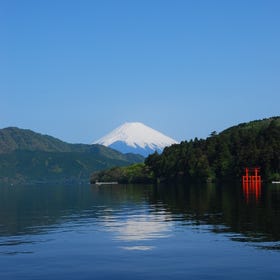
-
Address
Hakone-machi, Ashigarashimo-gun, Kanagawa Lake Ashi, 250-0500
View Map -
Nearest Station
Hakone-Yumoto Station (Hakone Tozan Railway)
35 minutes by bus
- Phone Number 0460-85-8911
-
Address
Hakone-machi, Ashigarashimo-gun, Kanagawa Lake Ashi, 250-0500
8.Lake Yamanaka
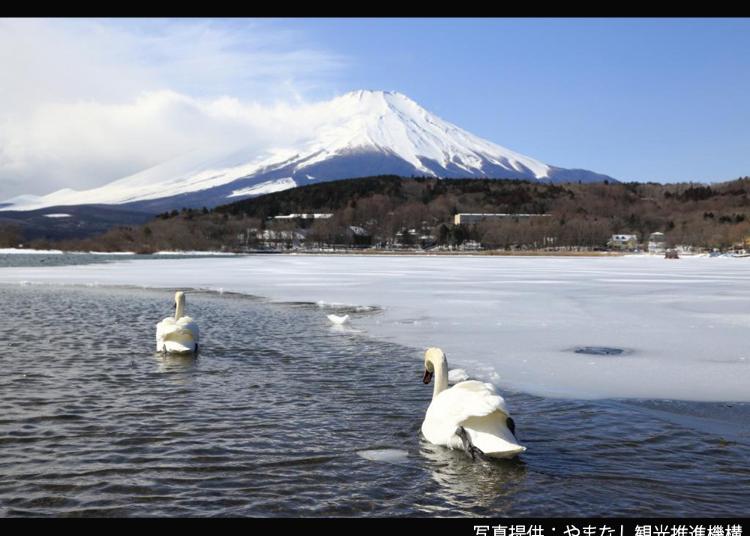
Lake Yamanakako is one of the five lakes that was formed by the volcanic eruption of Mount Fuji. It is the largest of the five lakes, and the closest one to Mount Fuji. The altitude of the lake is around 1,000 meters above sea level, making it also the highest of the Fuji Five Lakes and the third highest in all of Japan. Lake Yamanakako has abundant nature and a view that changes seasonally with Mount Fuji in the background. In the summer, the average temperature rises to 20 degrees, making it an ideal summer retreat; many tourists arrive at this time. Others enjoy yachting and windsurfing on the large lake. There are various events throughout the year including a road race, summer fireworks display, autumn leaves festival and fantastic illumination in the winter. You can get to this popular resort by driving for two hours from the city center of Tokyo. There is also a direct highway express bus.
-
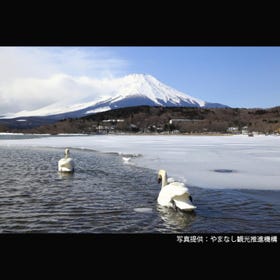
-
Address
Yamanakako-mura, Minamitsuru-gun, Yamanashi, 401-0500
View Map -
Nearest Station
Kawaguchiko Station (Kawaguchiko Line (Fujikyuko))
- Phone Number 0555-62-3100
-
Address
Yamanakako-mura, Minamitsuru-gun, Yamanashi, 401-0500
9.Yu Waterfall
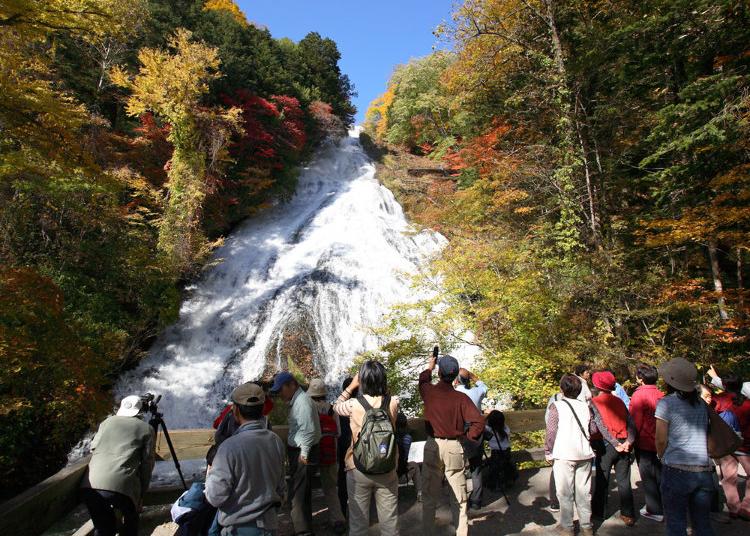
Yudaki Falls are located on the south edge of Yunoko Lake at the foot of Mount Nikko-Shirane, one of the 100 most famous mountains in Japan. These great falls are 70 meters high, 25 meters wide and 110 meters long. They empty into the river that runs through the Senjogahara marshland, one of the largest in Japan, then into Ryuzu Falls, Lake Chuzenji and finally, Kegon Falls. Yudaki, Ryuzu, and Kegon Falls are known as the three great waterfalls of the Oku-Nikko area. A walkway placed alongside the falls allows visitors to observe them from the lip, basin and side. In particular, the observatory platform near the basin lets you see the powerful cascade from up close. Visitors can also enjoy the scenery of the surrounding area, known for its azaleas and rhododendron. There is a hiking course from the observatory platform to the Senjogahara Plateau Nature Trail. The falls are about a 60-minute bus ride from the Tobu Railway Nikko Station on a bus bound for Yumoto Hot Spring, then a five-minute walk from Yutaki-iriguchi bus stop.
-
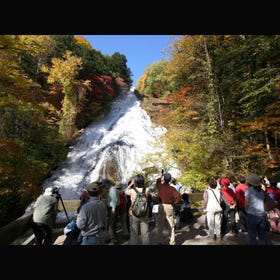
-
Address
Yumoto, Nikko-shi, Tochigi, 321-1662
View Map -
Nearest Station
Tobu Nikko Station (Tobu Nikko Line)
-
Address
Yumoto, Nikko-shi, Tochigi, 321-1662
10.Meguro River

About 800 cherry trees blossom along Megurogawa which stretches for about 3.8 kilometers from the Ikejiri-Ohashi area to Kamenokobashi under the Tokyu Meguro Line. There are no facilities such as parks but you can enjoy cherry blossom viewing while having drinks and meals in the cafes and restaurants along the river.
-
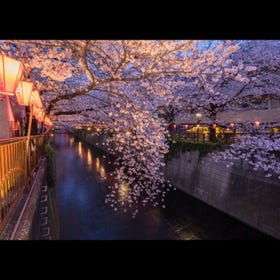
-
Address
Meguro-ku, Tokyo Setagaya-ku, Shinagawa-ku, 153-0043
View Map -
Nearest Station
Meguro Station (JR Yamanote Line / Tokyo Metro Namboku Line / Toei Mita Line / Tokyu Meguro Line)
5 minutes on foot
-
Address
Meguro-ku, Tokyo Setagaya-ku, Shinagawa-ku, 153-0043
- Category
*Prices and options mentioned are subject to change.
*Unless stated otherwise, all prices include tax.
Limited time offer: 10% discount coupons available now!
Recommended places for you
-
Goods

Yoshida Gennojo-Roho Kyoto Buddhist Altars
Gift Shops
Nijo Castle, Kyoto Imperial Palace
-
Menu
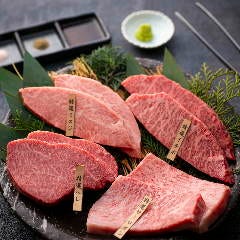
ISHIDAYA Hanare
Yakiniku
Kobe, Sannomiya, Kitano
-
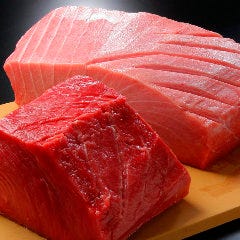
Kamesushi Sohonten
Sushi
Umeda, Osaka Station, Kitashinchi
-
Appealing
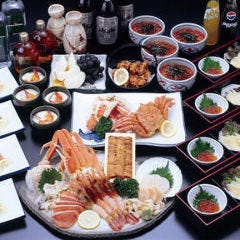
Rukku and Uohei
Izakaya
Sapporo / Chitose
-
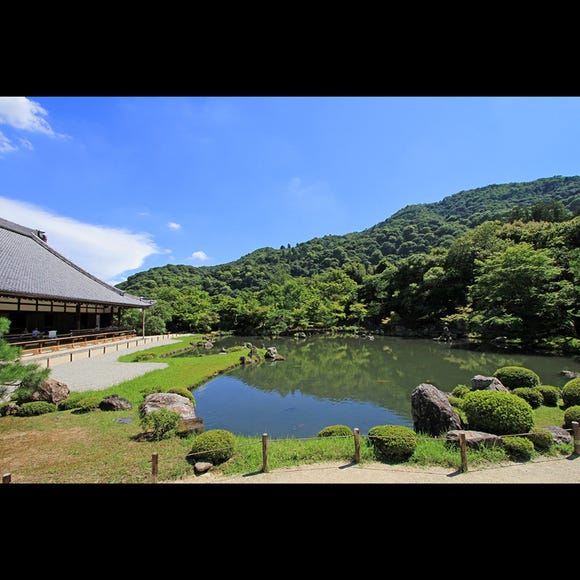
Tenryu-ji Temple
Temples
Arashiyama, Uzumasa
-

Jukuseiniku-to Namamottsuarera Nikubaru Italian Nikutaria Sannomiya
Izakaya
Kobe, Sannomiya, Kitano
-

Professional Photos Even Beginners Can Shoot! 10 Tips for Taking Stunning Cherry Blossom Photos
-

The CASIO S100: How CASIO's Masterpiece Calculator Redefines Business Elegance With Japan-Made Reliability
-

15 Must-Try Sushi Restaurants in Tokyo (+5 Trending Areas to Explore for Foodies)
-

Step Into the Story: Inside Immersive Fort Tokyo
-

15 Must-Try Restaurants in Ikebukuro: From Aged Yakiniku to All-You-Can-Eat Sushi, Plus Adorable Animal Cafés
-

Best Things to Do in Tokyo in April 2024: Events, Festivals & More
-

10 Fun Activities and Magical Places in Furano - According to a Singaporean Expat
-
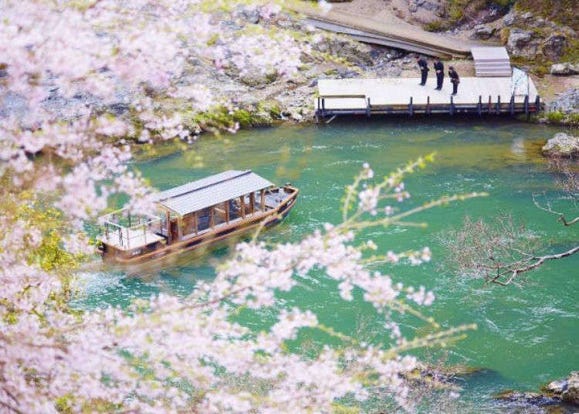
Hoshinoya Kyoto: This Incredible Japanese Hotel Welcomes You By Boat on a Sakura-Filled River
-
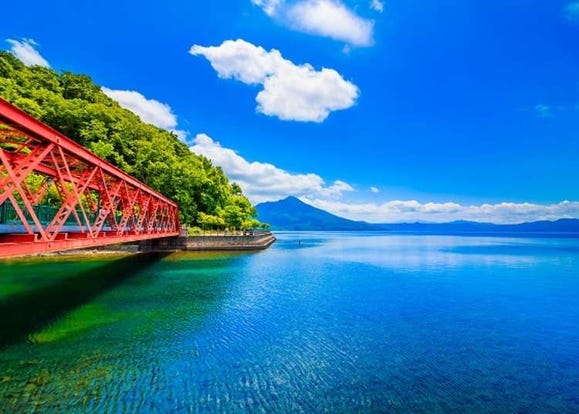
Lake Shikotsu Guide: Easy Sapporo Day Trip To See Spectacular Natural Views of Hokkaido's Pristine Lake!
-
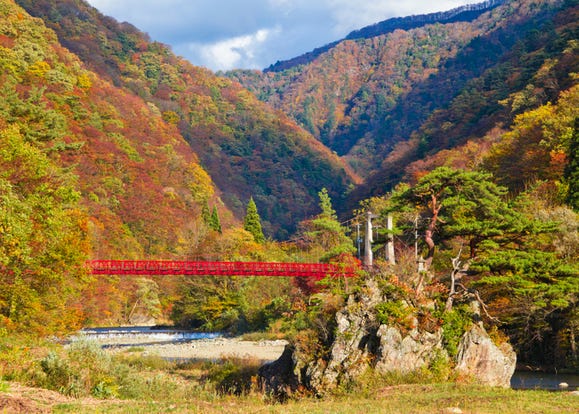
Dakigaeri Gorge: Walk Along Pristine Aqua Blue Streams and Vibrant Fall Colors in Akita Japan
-

Top 5 Things to Do Around Lake Toya: Hokkaido's Land of Inspiring Views and Delectable Sweets!
-
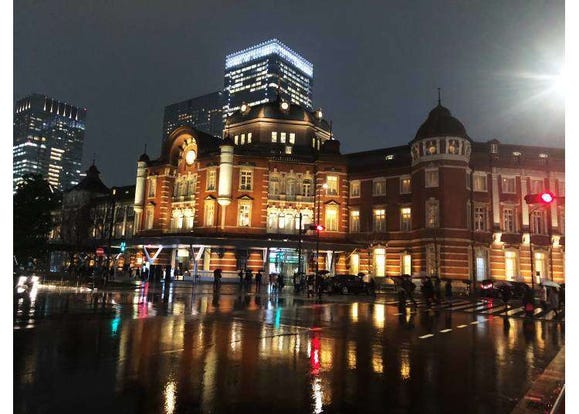
Exploring Tokyo Station: 10 Must-Visit Spots Around the Heart of Tokyo
- #best sushi japan
- #what to do in odaiba
- #what to bring to japan
- #new years in tokyo
- #best ramen japan
- #what to buy in ameyoko
- #japanese nail trends
- #things to do japan
- #onsen tattoo friendly tokyo
- #daiso
- #best coffee japan
- #best japanese soft drinks
- #best yakiniku japan
- #japanese fashion culture
- #japanese convenience store snacks














